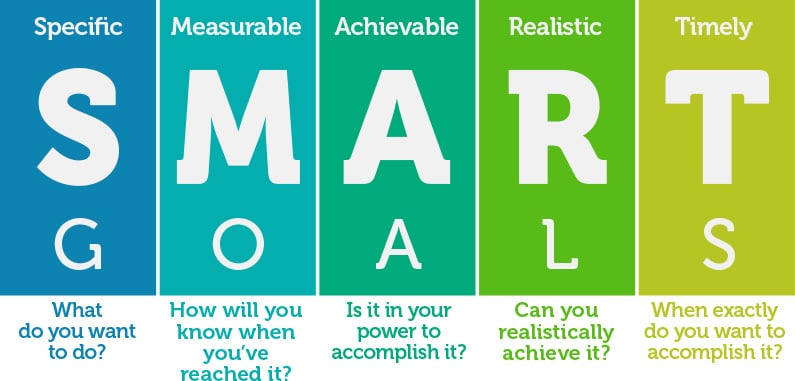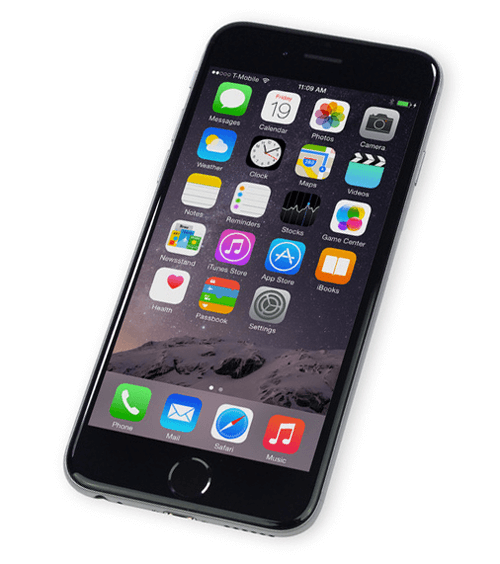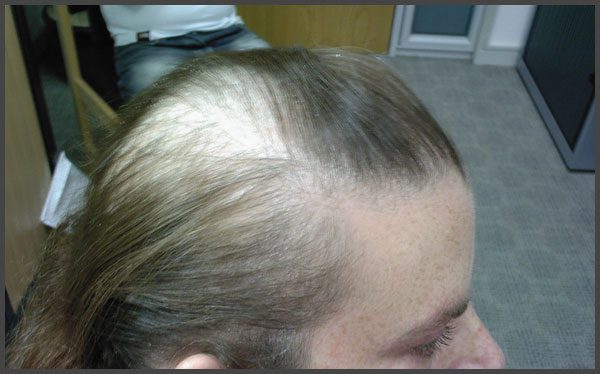Table of Content
For many, the driving force behind a smart home is the potential to save energy — and hence money. Smart thermostats like those from Nest and Ecobee improve efficiency, for instance by pre-cooling or pre-heating ahead of a schedule, or scaling back power when no one’s home. Other smart products, such as lights, plugs, and appliances, can be set to shut off when not in use. Much like a smart home hub, every device connected to your voice assistant can be controlled from a single app. That’s much better than remembering which manufacturer app controls one device.

Smart technology can also extend to kitchen appliances or outdoor or landscaping equipment. New innovations are continually evolving what is in a smart home. Motion sensors have essential use both in smart home security and home automation. Motion sensors could also be integrated into other smart devices.
How Do Security Systems Work With Pets?
It’s not just the inside of your house that you can connect to your phone and tablet. With a smart locklike Schlage’s, you’ll have more control of who can enter your house. Rather than hand out keys only to never have them return, you can grant pin or app access to your lock. Installing a smart lock isn’t much more difficult than replacing a standard lock, so this is an easy way to get into smart homes.
It's a heavy price to pay, especially since there may be a steep learning curve to get used to the system for everyone in the household. For the cost of setting up the smart system, homeowners can benefit from significant cost savings. Appliances and electronics can be used more efficiently, lowering energy costs. One thing to put in mind before setting goals is to make sure the goals are realistic. While setting goals, you must be certain these goals are real and accomplishable.
Smart Home
You can even turn smart lights on and off remotely if your home is empty for extra added security. With a video doorbell, you can easily safeguard your property against home invasion, unwanted solicitors, and porch pirates without opening the door. These devices send video feeds, notifications, and even voice alerts to smart speakers. Basically, any house which comprises of interconnected devices is a smart house. In some smart houses, a smart speaker can serve as a tool for boosting energy efficiency, and achieving energy conservation; by regulating the operations of devices. Data collection is done by any of the smart devices in the house, such as a camera or thermostat.
Most of these smart home devices now include a mobile app for managing them via a smartphone or tablet. A smart hub could be a Zigbee/Z-Wave-based smart bridge, a smart speaker, or a mobile phone app. Home appliances, such as the washing machine, lights or the coffee maker, can be time-controlled. Devices like motion sensors, cameras, shutters or thermostats initiate user-programmed processes. The heart of the smart home is the central control unit, with which various smart components are connected and can be controlled from the PC, smartphone or tablet. Common wireless standards such as Wi-Fi, Bluetooth, ZigBee or Z-Wave are used for communication or controlling devices.
Google Assistant
In such a setup, the motion sensor turn devices on as it detects your movement. The Fraunhofer inHaus Center, which was opened in Duisburg in 2001, is a lighthouse project in German-speaking countries. The project involves exploring and testing new system solutions and products from the smart home segment in a residential environment. “The House of the Present” in Munich showcased a connected home with centrally controlled electronic processes from 2005 to 2011. The first T-Com House from Deutsche Telekom in Berlin was opened to interested visitors in 2005. The focus of this model project was on connecting various home appliances and controlling them by means of different input devices.

Smart home-enabled devices can also operate in conjunction with other devices in the home and communicate information to other smart devices. Most of us want as much comfort as possible, and nothing says comfort like have things turn on exactly when and where you need them. It’s why a lot of people start with smart bulbs — it’s nice having lights wake you up in the morning and turn back on again before sunset, or sync with what’s on your TV or PC. While the smart home offers convenience and cost savings, there are still challenges. Security risks and bugs continue to plague makers and users of the technology. Adept hackers, for example, can gain access to a smart home's internet-enabled appliances.
The smart way to save power
It is the central management system that gives the house owner or user; end-to-end control of the smart house. Devices in a smart house are interconnected to each other, through the central management system. A smart house is a house which uses the latest computer technologies and electronics, to automate or control a variety of devices and functions .

At its very core, a smart home is probably best defined as a living area with connected technology meant to enhance the home. This could includesmart thermostats, smart lights, smart plugs or outlets, smart doorbells, and locks, or voice assistants like Google Assistant and Alexa. It could be any combination of the above, all of the above, or be other smart devices entirely. A smart home’s devices are connected with each other and can be accessed through one central point—a smartphone, tablet, laptop, or game console.
If your home has a smart lighting system, for example, you can configure different lights to turn on during the day and automatically switch off all the lights late at night. A smart thermostat can be configured to keep the house warm during the day and cool at night. If you leave your house for several days, you can set the thermostat to "vacation mode," which will reduce the energy usage of your HVAC system. “Smart home” denotes the use of technical systems, automated processes and connected, remote-controlled devices in apartments and houses.

Leveraging innovation and technology, smart homes make it easier to do things. A very large section of smart homes relates to digital assistants or home hubs. These products are often interacted with using your voice and can take commands, field questions, organize your calendar, schedule conference calls, or provide alerts. Though not specifically related to one's home, these digital assistants provide a broad range of controlling smart assets, their schedules, and their statuses. This lighting category may also contain smart home products that control or prevent light. Automatic blinds may be installed and set to close based on sunrise schedules.
In principle, this network consists of a central command center where you can easily access and control the system in its entirety. The idea is to save you the time and effort required to operate each device separately. That seemingly simple question can have many answers, depending on who you ask.


No comments:
Post a Comment